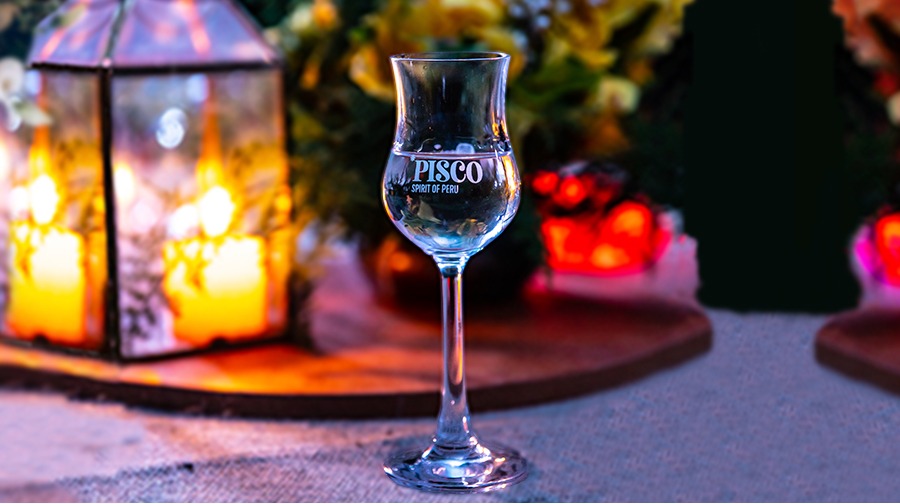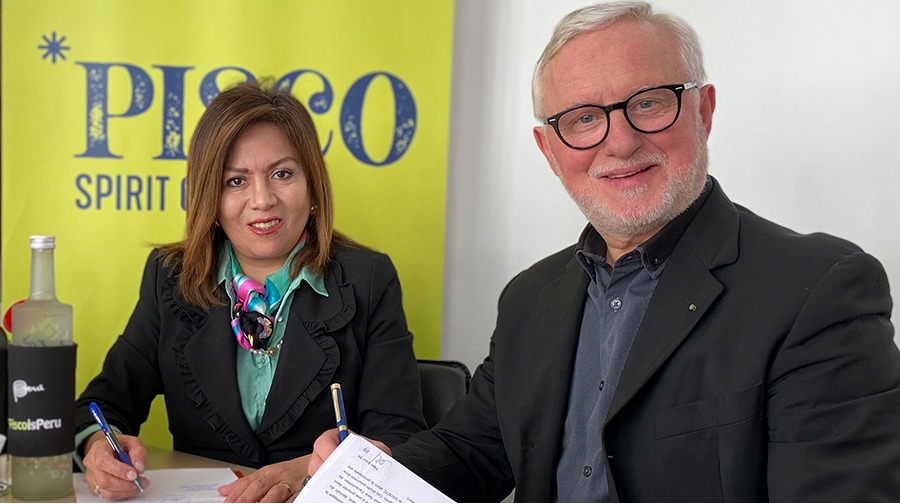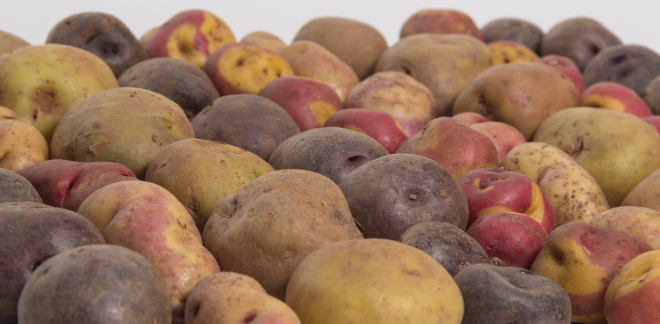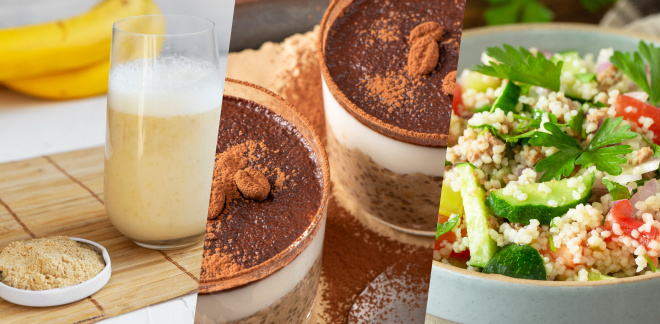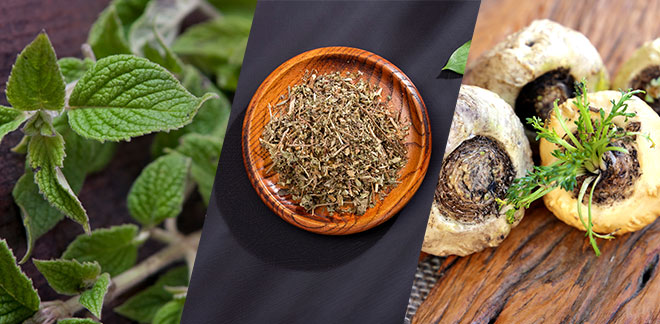Nothing more Peruvian than the Pisco! Learn all about the most emblematic drink for Peruvians.
Síguenos en:Google News
During the Bicentennial year, Pisco is one of the main topics for Peruvians. Learn more about this important drink.
Pisco is Peru's flagship drink and Peruvians have been celebrating it throughout the country since 1999, when the Ministry of Culture declared its day every fourth Sunday of July, so that it is always before the Independence Day Celebrations.
With these celebrations throughout the country, especially in the regions of Lima, Ica, Arequipa, Moquegua and Tacna, main producers of our distillate, the Pisco departments carry out different activities, such as the installation of tasting modules and gastronomic fairs. In other cases, there are exhibitions on the history of the Pisco and visits to vineyards in the area.
There have also been curious celebrations. For example, in 2003 this drink sprang up for the first time from the fountain in the Plaza de Armas de Lima. Since then, on seven occasions the fountain's water connections have been modified so that thousands of liters of the distillate fill the fountain. The last time, it happened in 2018.
PISCO FIGURES
Despite the fact that it has lived through a difficult situation due to the pandemic, in April 2021 Pisco almost generated 500 million dollars in exports, an increase of 47.5% compared to 2020, a complicated year due to the closing of the borders.
However, the last decade has been favorable for our distillate, which reached a domestic consumption of 5.5 million liters in 2019, an advance of 5.5% compared to 2018. In these years, Pisco has obtained international achievements, such as the "Superior Taste" Award in Brussels and the Ultimate Spirits Challenge in New York City.
This has also been a year of achievements for Pisco. Last month, Pisco producers won 40 awards at the Virtus Lisbon 2021 in Portugal. This is a renowned event in which different drinks are tasted. Peru participated in this event with 80 bottles of the different grapevines of our drink.
A DRINK WITH HISTORY
Pisco has been declared as a Cultural Heritage of the Nation since 1988 and it is a fine distillate that contains approximately 50 degrees alcohol depending on its elaboration, which comes from our Pisco grapes. One of the theories of the name "Pisco" indicates that after the conquest of the coastal regions of the Tawantinsuyo in 1450, the Inca Pachacutec noticed that in the region there were many birds, so he named the region Piscu (bird in Quechua).
The origin of our flagship drink comes from a prohibition. In a section of the Royal Decree signed by King Philip II in 1595, it states: "By instructions of viceroys and other decrees and our provisions, it is prohibited to plant vines in the West Indies." However, the producers, eager to plant vines, continued their work, and the legislation continued. Provisions given by Francisco de Toledo between 1570 and 1575 ordered, among other things, "whoever sells wine from the land may not sell it from Castile."
A series of legal comings and goings that, ultimately aimed at preventing wines from Peru, Chile and Mendoza from competing with Spanish wines, led producers to increase the production of aguardientes. According to Gonzalo Gutierrez, Peruvian Ambassador to Belgium, Luxembourg and the European Union -and member of the Peruvian Pisco Academy-, the General Archive of the Indies in Seville records that the name Pisco for grape distillate was used in texts of commercial transactions registered in 1726 and 1729 in Peru before 1733. According to Gutiérrez, the designation of origin corresponds to the port of Pisco, from where the ships that loaded wine clay vessels to the various ports of the Spanish Empire departed.
This drink has inspired all kinds of recipes, from the Punch of the Liberators to the Chilcano, with a curious origin of Italian migrants in the late nineteenth century, and the Pisco Sour, a drink that was created in the Morris Bar and since the 1920s it has conquered the most demanding palates in the United States and the world. It has also inspired great stories and was even one of the favorite drinks of Nobel Prize winners such as Ernest Hemingway.
A BRAND WITH SPIRIT
Since 2019, the Pisco Spirit of Peru brand responds to a strategy to reposition our distillate. It was launched at the Madrid Fusion 2019 event, one of the most important gastronomic events in Europe. The brand was a success.
Peruvian Pisco exports exceeded US$4 million only in the first half of that year, 2.9% more compared to the same period in 2018. These figures account for the variety of types and aromas that the Pisco has, which responds to the biodiversity of our country.
We have eight varieties of Pisco grapes in Peru: the aromatic grapes (Moscatel, Italia, Torontel and Albilla) and the non-aromatic grapes (Quebranta, Negra Criolla, Mollar and Uvina). Four types of Pisco are produced from them, each of them with its own flavor: pure Pisco, aromatic Pisco, Pisco mosto verde and Pisco acholado. Pisco Spirit of Peru is the optimal fusion of all these variables.
There is no doubt that our flagship drink will continue to be a fundamental part of our culture. Cheers!


